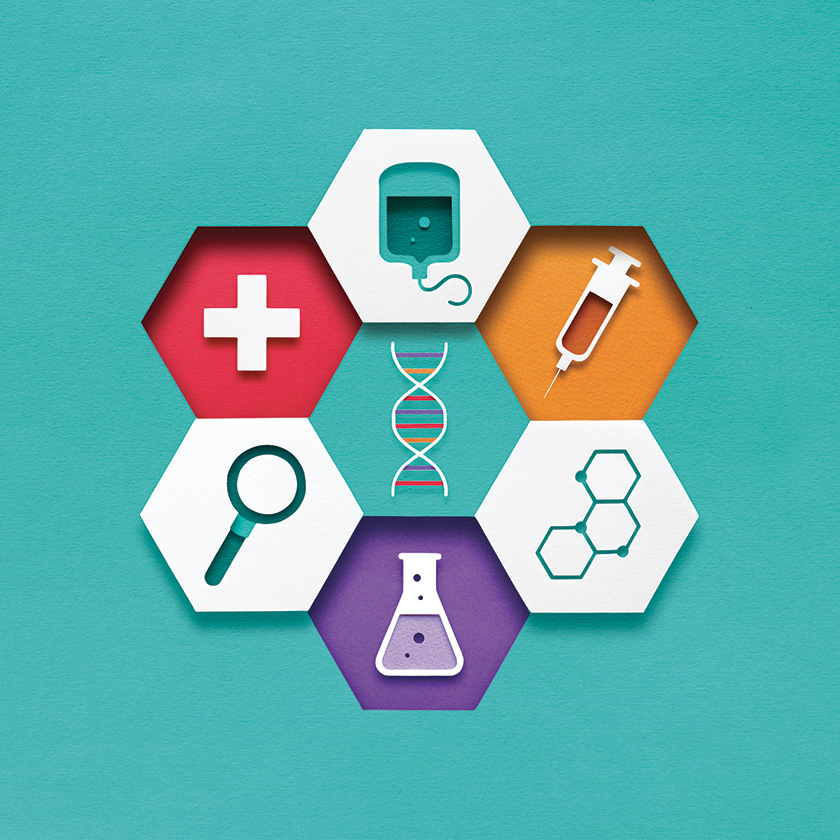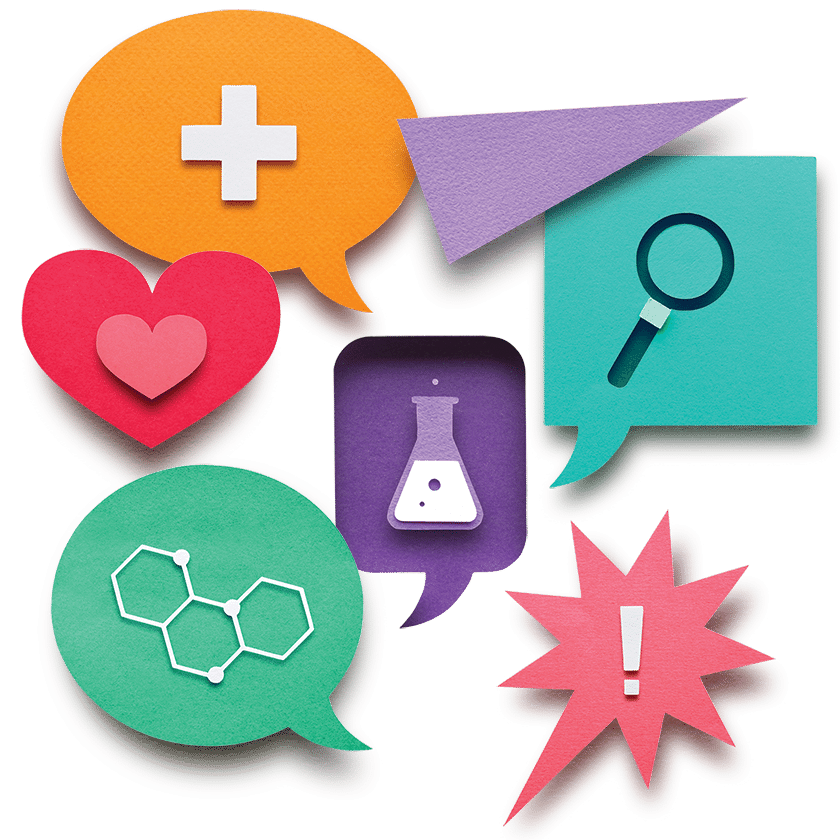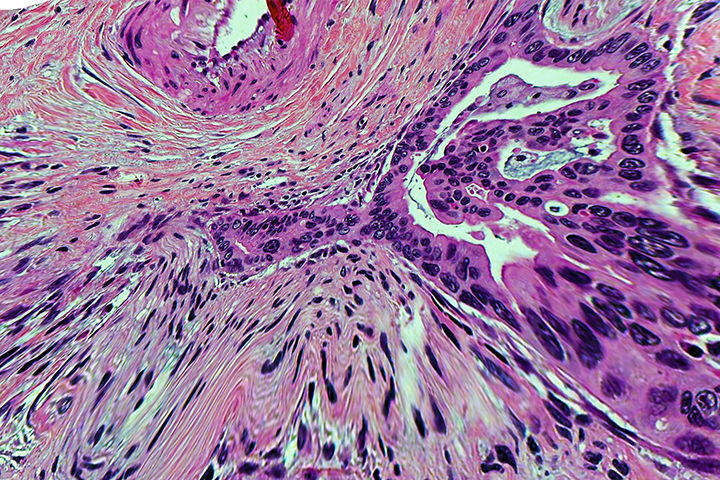Learn the Basics
Getting diagnosed with pancreatic cancer is overwhelming. Besides not feeling well, you are thrown into a world with treatments, procedures, and words you don’t know, while facing major decisions and a very serious disease.
Here you can find comprehensive explanations, including different treatments and questions to ask. To learn more about first steps to take, read “What to Do If You Are Newly Diagnosed with Pancreatic Cancer.”

Treatments
Once your doctor knows the stage of disease, he or she can develop a treatment plan. This may include surgery such as the Whipple procedure or a distal pancreatectomy, depending on the location of your tumor. Almost all patients undergo chemotherapy. The most common chemotherapy drugs and regimens are gemcitabine (Gemzar) and nab-paclitaxel (Abraxane) or a multidrug combination called FOLFIRINOX (5-fluorouracil, leucovorin, irinotecan, and oxaliplatin). Radiation treatment may also be an option, with different types of radiation used for different purposes. Another option is participation in a clinical trial, where you may get the latest experimental drug along with standard treatment.
The National Comprehensive Cancer Network publishes guidelines that outline the different treatments.
Terms to Know
A whole new vocabulary comes with pancreatic cancer treatment. Here are some terms you will hear frequently.
- CA 19-9. A blood test that can indicate the level of the disease, CA 19-9 is a protein associated with the cancer that can be picked up in the bloodstream. In pancreatic cancer patients, higher levels of CA 19-9 tend to be associated with more advanced disease. However, not all pancreatic cancer patients have elevated levels of CA 19-9. In fact, in about 15% of patients, the tumors do not produce this protein, so it is undetectable in the blood.
- CEA. This is an abbreviation for carcinoembryonic antigen. CEA is another blood test that can indicate the level of the disease. In some patients where CA 19-9 is undetectable, the CEA is measured to see if it can serve as a tumor marker.
- Adjuvant therapy and neoadjuvant therapy. Adjuvant means after surgery, while neoadjuvant means before surgery. This refers to when chemotherapy may be given.
- Resectable. This means that your tumor can be removed by surgery. A borderline resectable tumor is in a more difficult location for surgery (usually touching on vital blood vessels), and you will have neoadjuvant treatment to shrink your tumor and make it removable.
- Port. A port is a small metal or plastic disc that sits under the skin and acts as an entry point for chemotherapy. A catheter (a soft, thin tube) connects the port to a large vein so your chemotherapy medication can be delivered throughout the entire body.
- Genetic testing and molecular profiling. Genetic testing has become standard for pancreatic cancer because some treatments work better in people with certain genetic mutations. A tumor can also be tested via molecular profiling to find other mutations and biomarkers, for the same reason. Genetic testing and/or molecular profiling may qualify you for certain clinical trials.
For more information, read the articles “Eighteen Important Words to Know if You Have Pancreatic Cancer” and “This Versus That: Words to Know,” or visit our Glossary.





